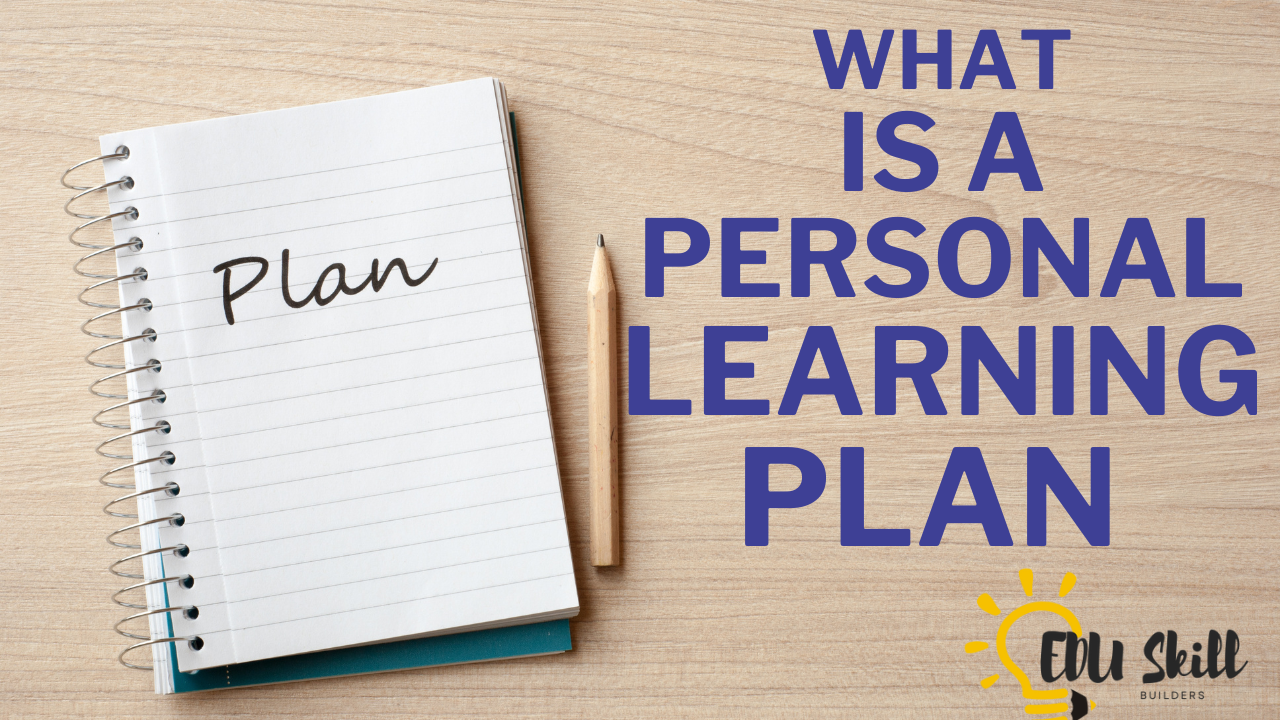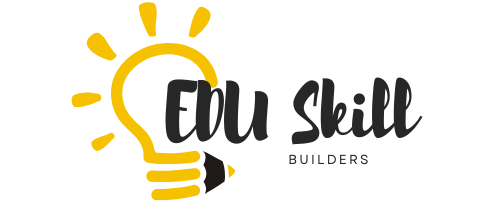
Personal Learning Plans (PLPs) are like custom roadmaps for your educational journey. They help you figure out what you want to learn, why it matters, and how to get there. The cool part? It’s all about you—your interests, your pace, your goals.
Think of PLPs as a personalized approach to education. Traditional learning doesn’t always cater to individual needs, but a PLP does. It recognizes that we all learn differently and at different paces, making it perfect for anyone keen on tailoring their educational experience.
Lifelong Learning: The Heart of a PLP
At the heart of PLPs is the concept of lifelong learning. In today’s fast-paced world, staying relevant means continually evolving and learning. Having a plan helps you focus your energy on the most impactful areas.
The core elements of a PLP include:
- Setting clear goals
- Identifying resources and strategies to achieve them
- Evaluating progress regularly
It’s not just about academic learning; it’s about a holistic approach that fosters personal growth.
In essence, a PLP is your personal commitment to nurturing your curiosity and potential. It’s about taking control of your learning narrative, making it a personalized masterpiece that evolves along with you.
The Purpose and Benefits of a Personal Learning Plan
A Personal Learning Plan (PLP) is more than just a fancy term for setting goals. It’s about unlocking the true potential within you by having a clear vision of what you want to learn and achieve.
Why PLPs Matter
The primary purpose of a PLP is to craft a vehicle for continuous self-improvement tailored to your unique journey.
Key Benefits of a PLP
Structure for Focused Learning: The benefits of a PLP are compelling. They provide a structure that supports focused self-directed learning, where you’re in the driver’s seat, choosing what and how to learn. This sense of autonomy is a significant motivation booster, giving learning a real sense of purpose.
Adaptability: In a rapidly evolving world, flexibility is everything. PLPs allow you to adapt your learning strategies with the changes around you. As new technologies and knowledge emerge, a PLP ensures you’re not just keeping up but staying ahead.
Meaningful Education: Moreover, PLPs guide you through personalized education, making room for deep, meaningful learning experiences rather than surface-level knowledge gains.
Ultimately, having a PLP means you’re committed to your personal and professional growth. It’s this commitment that turns potential into success, helping you achieve your aspirations through a planned, thoughtful approach to learning.
Crafting Your Own PLP: How to Write a Personal Learning Plan
How to Write a Personal Learning Plan
Creating a Personal Learning Plan is a rewarding process that starts with identifying what you want to achieve.
Steps to Build Your PLP
- Set Clear Learning Goals: Start by setting clear learning goals. Think about what skills or knowledge you’d like to acquire in the short and long term.
- Outline a Manageable Plan: Once goals are figured out, it’s time to outline your plan. Break it down into manageable steps. Prioritize tasks and set deadlines to help you stay on track. This approach helps prevent procrastination by giving you a clear path forward.
- Leverage Resources: There are tons of tools and resources that can assist in developing a robust PLP. Look for online platforms that offer courses aligned with your goals, or consider mentors who can provide guidance and feedback.
Remember, your plan isn’t set in stone. Be open to integrating feedback and changing course if necessary. Regularly evaluate your progress and make adjustments. This flexibility ensures your PLP remains relevant and effective.
Crafting a PLP might initially seem daunting, but remember, it’s all about making it personal and practical. Tailor it to suit your needs and learning style, and you’ll find it a valuable companion on your educational journey.
Examples of Personal Learning Plans in Action
Seeing Personal Learning Plans come to life can be inspiring and insightful. Real-world examples demonstrate how versatile and effective PLPs can be in various settings.
Individual Success Stories
Take Jane, for instance. She’s a marketing professional who wanted to transition into digital marketing. She crafted her PLP by identifying key areas like SEO, content marketing, and analytics. With a structured approach, she took online courses and implemented what she learned through projects at work, steadily enhancing her skills.
Another example is Mark, a teacher who used his PLP to improve his teaching strategies with technology. He attended workshops, shadowed tech-savvy colleagues, and practiced new tools in class. This not only enriched his teaching but also engaged students more effectively.
Organizational Impact
There are also organizations using PLPs for team development. By aligning individual PLPs with company goals, they foster a culture of continuous learning and development, enhancing overall performance.
These stories show how diverse PLP designs can be, adapting to individual aspirations and contexts. The takeaway is clear: with a well-crafted PLP, you can navigate your learning journey with purpose and achieve your goals.
Creating a Personalized Learning Experience: Steps and Strategies
Tailoring Your Approach
Personalizing your learning experience makes a significant difference in how effectively and enjoyably you absorb new knowledge. It starts with understanding your learning preferences—do you prefer visual resources, hands-on activities, or something else? Knowing this gives your PLP the right direction.
Tools and Strategies for Success
Leverage Teechnology: Using technology can enhance your personalized learning journey. There are apps and platforms that provide tailored content, allowing you to learn at your own pace and revisit material until you feel confident.
Build Learning Networks: Engaging with mentors or forming learning networks is another powerful strategy. These connections offer guidance, support, and new perspectives, enriching your learning experience and providing valuable feedback.
Assess and Adapt: Personalized learning also involves continuous assessment. Regularly assessing your progress helps pinpoint areas that need improvement, making your learning more effective and efficient. Adjust strategies as needed, and keep your plan dynamic. It’s about creating a learning cycle that adapts to your ongoing growth.
Embrace the flexibility and freedom that come with a personalized learning plan. By incorporating these strategies, you’re not just learning—you’re shaping a future where you thrive every step of the way.
About the Author
Chris is a lifelong learner and entrepreneur with over a decade of experience exploring online learning platforms. Having completed certifications in topics ranging from business management to creative writing on platforms like LinkedIn Learning and Udemy, Chris is passionate about helping others navigate the world of digital education. As the founder of multiple ventures, Chris shares actionable insights to empower readers to achieve their learning goals and apply new skills in real life.
